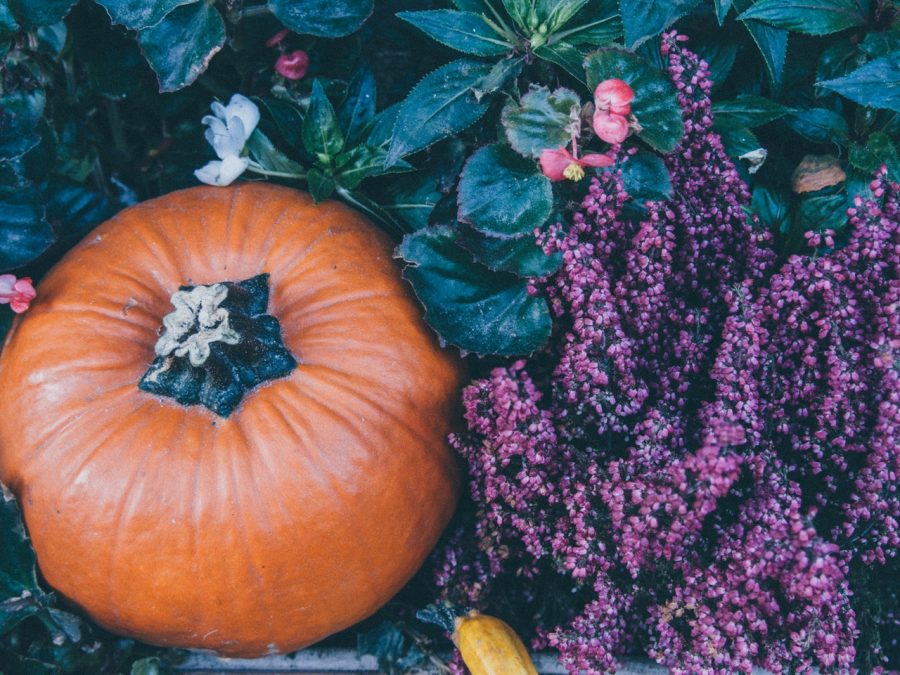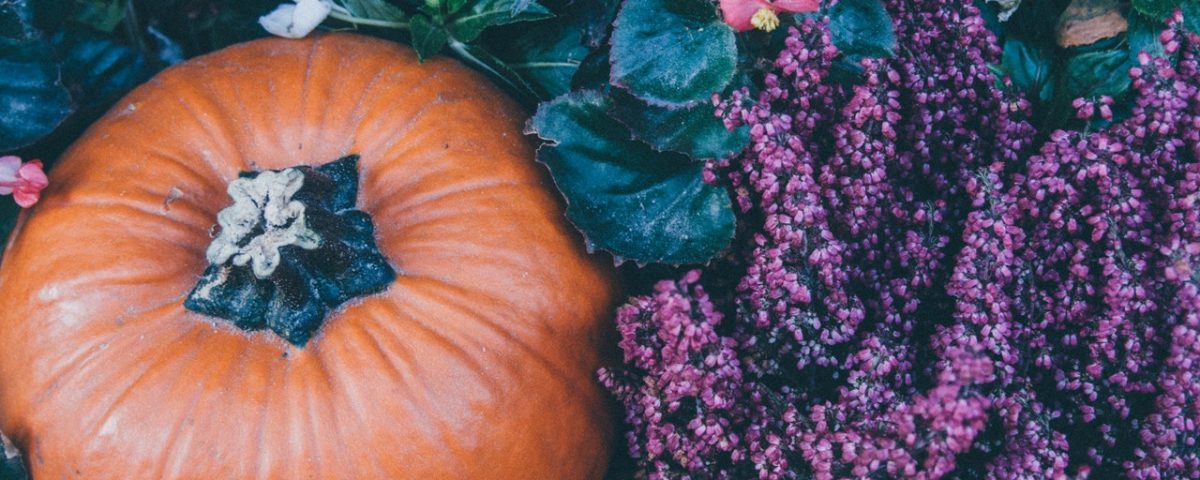The Best Cool Weather Plants

Top Tips For Autumn Lawncare
September 14, 2017
Front Lawn Landscaping Ideas
October 12, 2017
The change of season from summer to fall doesn’t mean that the ability to enjoy healthy plants in your backyard is over and done with until next spring. There are plenty of cool weather plants that thrive and look their best come autumn. Here’s a list of some of the best cool weather plants to prolong your gardening season.
Chrysanthemums
Chrysanthemums are considered tender perennials but are hardy enough to retain their flowers in cooler weather. Available in a wide range of colours, mums typically do best in cooler weather when planted in a garden in the spring or summer allowing them to establish a better root system.
Flowering Kale
Kale has been hybridized to create new varietals that, although still edible, exhibit uncharacteristic bright purples, reds and whites that allow the leaves to look like flower petals. The foliage is frost resistant and actually gains colour as the temperature drops. Taking about 12 weeks to reach full size from seed, planting them in July will ensure you’ll get the cool weather bonus of colour blooms.
Pansies
Pansies are a favourite in northern areas due to their ability to withstand cooler weather and retain their flowers well into autumn. Treated as an annual due to its tendency to get leggy, pansies come in a wide range of colours. Plant the seeds in well drained, but moist soil in late spring or early summer for fall and winter blooms.
Joe Pye Weed
Joe Pye Weed is another late season bloomer that is actually native to North America. The herbaceous perennial boasts large clusters of pink to purplish compound flowers. These plants can become some of the tallest in your garden with dwarfs reaching about two to three feet high and standard varieties climbing up to seven feet. Joe Pye works best in damp soil, can be grown from seed and will need to be cut back each spring.
Pumpkins
No other plant signifies the fall as much as the pumpkin. Picking which variety you want to grow will take some time and research. You’ll need more space for pumpkins than your typical plant – a single giant pumpkin plant may need up to 70 square feet! However, you can get smaller varieties that will grow with the aid of a trellis. Grow from seed in late spring in an area that gets plenty of sun. You’ll need to start with a rich soil and continue to fertilize it monthly. Maintaining moist soil is necessary, but you also need to allow for proper air circulation to fend off mildew. Vine boring pests can also be a problem, so you’ll need to keep a keen eye on the stems. Although requiring some work and diligence, the autumn reward is a nice payoff.




